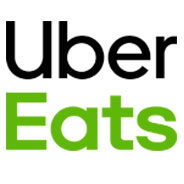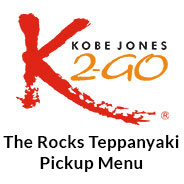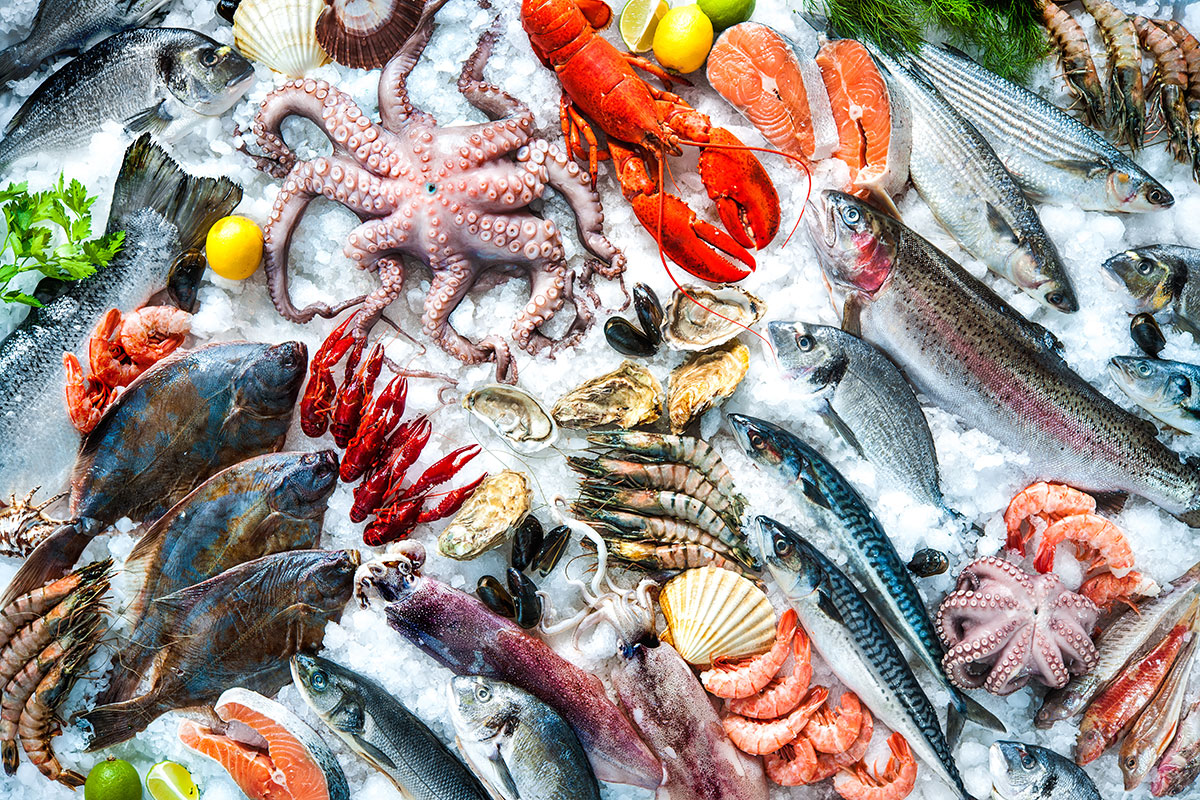Including fish in your diet through favourites like sushi and sashimi can be beneficial for health, however it’s important to be aware of the risks of unsustainable fishing practices as a consumer. With awareness of overfishing and its disastrous impact, even the biggest seafood lovers among us will be motivated to seek out sustainable options.
Fortunately in Australia we have an abundance of sustainable seafood to choose from, and with a little research, you can find high-quality, sustainable options that are better for the environment.
What does sustainable seafood mean?
How one person defines sustainable seafood can totally differ from the next person. Generally sustainability is concerned with factors like the species’ total population, regeneration rate, fishing methods, and impact on the local ecosystem. Having sufficient supply today without compromising supply in the future could be one way to judge whether a species is sustainable.
The ongoing health of the local environment and the surrounding human communities could also be important factors. Bycatch is another consideration when choosing sustainable seafood. For example, catching species like Tuna, Blue Grenadier or Hoki and wild prawns tend to result in a lot of bycatch. Turtles, seals, sharks, dolphins, and even seabirds can be harmed in the process. Ideally, we’d all be eating seafood that arrived on our plates with minimal impact on fish populations and on the local marine ecosystem.
If it’s a farmed species, an important consideration will be the impact of the aquaculture operation on the environment. For example, while a farmed species might be in no danger of extinction, some farmed fish (such as salmon) are fed fish meal made from wild fish. However, with improved aquaculture techniques, you might need only 1.3 kilograms of food to produce a kilogram of salmon, so the efficiency of the farm should be considered. Farmed fish have other impacts on the environment as well, such as excess feed and excrement settling onto the seafloor and lowering water oxygen levels, subsequently killing other fish.
Tips for buying sustainable seafood
If by now you’re thinking sustainable seafood is a confusing term – you’d be right. However, the good news is that there are a few easy tips to help you choose sustainable options, whether you’re eating out or choosing fresh fish for your homemade sushi.
Choose from the safe list
Sustainable seafood species include abalone, Australian Herring, Australian Sardine, and Australian Salmon. Bream, Bonito, Crabs, Leatherjacket, and Luderick also fall under this list, as do Mackerel, Mahi Mahi, and Mullet. Mussels are usually sustainable, as are octopus, oyster, and squid and calamari. Tailor, Trevally, Threadfin, and Whiting are also sustainable options.
Avoid the overfished species
Bluefin Tuna, Shark, Swordfish, and Orange Roughy (or Deep Sea Perch) rank among the most overfished species nearing extinction. Refer to red lists that track overfished species, and avoid eating anything in these lists. Typically these species tend to take longer to regenerate as they produce fewer young, and their populations are less likely to bounce back under the pressures of overfishing.
Buy local
Where possible, be sure to buy local produce, because Australia’s fisheries rate among the best managed in the world. Ask your fishmonger or the restaurant staff about the origin of the seafood. They should be happy to find out where they source their produce for you.
Use Australia’s Sustainable Seafood Guide
Download the app for the whole guide or use the website search tool to find out more about 90-plus seafood species and how they rate in terms of sustainability. The guide covers both imported and local species, so you can make a decision when you’re out shopping or perusing the menu at your favourite sushi restaurant.
Another great resource to use is the GoodFishBadFish website. The Seafood Converter lets you search species and access information on sustainability, alternatives, and cooking tips.
Eat low on the food chain
Get to know the smaller species of fish and choose these over the larger fish. Smaller species usually breed more quickly, so they have a faster regeneration rate that makes them able to withstand the pressures of fishing. For example, choosing sardines over bigger species like flake (shark), tuna, skates, and rays.
Buy fresh and unpackaged
Fresh, unpackaged seafood is more likely to have been caught locally, so it comes with fewer food miles. Opting for unpackaged produce is also positive for sustainability as you won’t be contributing to the millions of tons plastic we use up every year.
Ask questions
Don’t be afraid to ask your friendly wait staff or fishmonger questions about the species of fish, its origins, and how it was fished or farmed. Let your fishmonger know you prefer sustainable species over others, and they might be able to help you out with sourcing better options.
Our commitment to sustainability at Kobe Jones
At Kobe Jones, we’re committed to creating amazing Japanese cuisine using high quality seafood ingredients that has minimal negative impact on the environment. Our seafood is always sourced from suppliers that care about sustainable fishing practices and strive to create innovative methods for ‘friendly’ seafood farming.
For example, we use over seven tonnes (or 20 pallets) of Antarctic King Crab per year, which is why it’s so important we choose an environmentally conscious supplier. We buy our wild-caught King Crab from Snowland, the largest producer of King Crab in Southern Chile. The processing facility is managed by SERNAPESCA, the governing body for all fishing activity in Chile, and as such, they operate under the most stringent environmental standards to support sustainability and species protection policies.
In terms of other products, our Patagonian toothfish is sourced from Glacier 51, a Marine Stewardship Council certified sustainable fishery located on Heard Island, 4,109 kilometres off the coast of Australia in the sub-Antarctic. We also source our salmon from SAIKOU, a non-polluting farm in the Mt. Cook Alpine region of southern New Zealand. This water this salmon is raised in is said to be so clean you could drink it – both above and below the farm.
Our commitment to the environment is represented through the extensive background research we conduct before choosing any new supplier, and by making sure the produce we purchase is held to stringent environmental sustainability standards.
Ensuring we can enjoy beautiful seafood into the future
So as you can see, you don’t have to give up your favourite sushi platter or sashimi entree, as long as you follow these tips and opt for the sustainable species. Whether it’s farmed or wild seafood, doing a little bit of research before you order your lunch can lessen your impact on the environment. By eating sustainably today, you’ll be able to look forward to enjoying your favourite seafood meals tomorrow and in the years to come.
Kobe Jones offers all your favourite sushi and sashimi dishes in a menu celebrating the best of East and West. Contact us today to make a reservation and experience the beauty and simplicity of fine Japanese dining.






